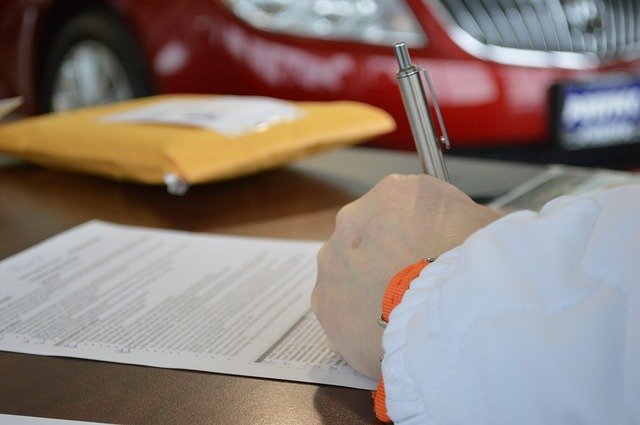
Car sales come with paperwork — a lot of paperwork. One of the most important pieces of paper in a vehicle transaction is the title. Whether it’s electronic or on paper, the car’s title is the final word on a car’s ownership. When someone finances a vehicle, the title belongs to the bank until the vehicle is paid off. If a customer pays cash, the title should be in their name immediately upon purchasing. Simple, right? Unfortunately, it’s not always the case. These are a few factors that can get in the way:
Missing Title
Dealers and individuals can replace missing titles. Losing titles is more common than you might think. With vehicle titles going electronic, dealers can choose to replace titles physically or electronically, whichever makes the most sense. As long as the title is assigned to the person or business attempting to replace it, they need to fill out forms and pay a fee to get it replaced. Keep in mind, the new title will void any previous versions of the title.
Unresolved Lien
A crucial part of the car selling process is making sure the car title is in the dealership’s name. Even if it’s an electronic title, you must ensure the vehicle is paid off before putting it on the lot. Some of the worst scandals for car dealerships that cause the most distrust is due to the sale of vehicles that aren’t paid off. This means the owner cannot obtain the title or legally drive the vehicle, and one mistake can quickly tarnish your dealership’s reputation.
Damaged Title
Even if you’re careful, it’s easy to accidentally damage a car title. Unfortunately, any amount of damage makes the title null and void. This includes water damage, tears or incorrect markings. Before selling a vehicle, if it has a paper title, make sure the paper is in near perfect condition. If it’s not, you’ll need to order a duplicate title. If you do this before the sale, the customer will have a smoother experience than if they had to figure it out themselves.
Incorrect Information
Just like water damage or coffee stains, marks on a paper title make the title void. Some mistakes, like a slightly off odometer reading, are fine. If there’s an unacceptable mistake on a paper title, you can take the title to a tax collector, DMV or tag agency to get it corrected. When you bring the title in, include the incorrect title with your documentation. This way, you won’t have both versions of the title in your files.
Salvage or Rebuilt Title
If a customer trades in a vehicle with a salvage title, that means it’s been through something serious. That could be a flood, a fire, a theft or a major accident. It can also mean that the vehicle received excessive wear and tear. For some customers, this is a deal breaker. However, these vehicles can be fixed up and last a few years after receiving the salvage title. They’re great options for those looking to save money, as long as they are aware of the potential future costs.
In a perfect world, transferring titles would be the smoothest part of the car sales process. However, as anyone who works in the automotive industry can tell you, we don’t live in a perfect world. If you run into title issues and need a new vehicle title, OATA can help. Give us a call at 407-574-5484 or get in touch with us online to learn more.

